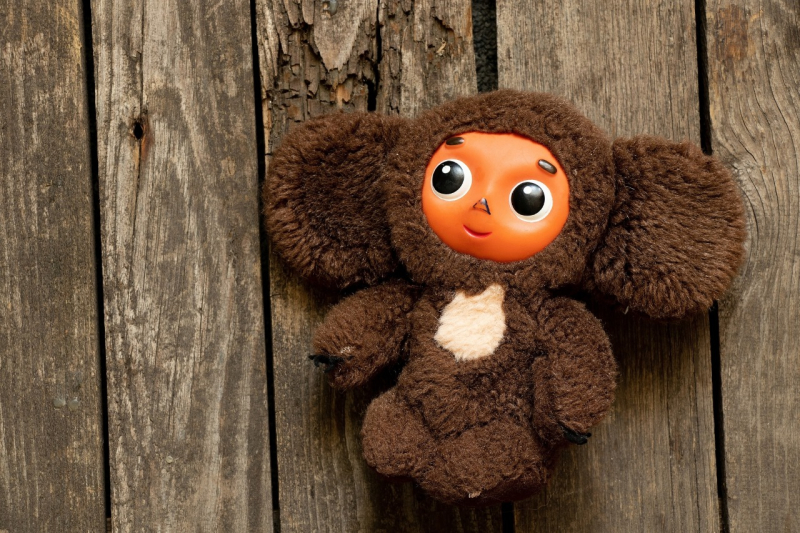Cheburashka
Origin: Gena the Crocodile and His Friends (1966) by Eduard Uspensky
You’re probably seeing this character everywhere in Russia right now. Even nearly 60 years since its creation by Eduard Uspensky, Cheburashka is grossing millions at the Russian box office with the new movie, but who is he? Or she? Though its gender is still a mystery, everyone remembers it as a mind-boggling creature with huge round ears, owl-like eyes, and a big heart who loves oranges just as Garfield loves his lasagna – or almost so.
The Bronze Horseman
Origin: The Bronze Horseman: A Petersburg Tale (1833) by Alexander Pushkin
If you’ve been to St. Pete, you couldn’t but come by the equestrian statue of Peter the Great on Senate Square. But did you know that the Bronze Horseman isn’t solely an iconic landmark but, in fact, a key character in one of Alexander Pushkin’s poems and even got its name from it? Portrayed as a symbol of the monarchy, the statue comes alive one night to chase Evgenii, the main character, after the protagonist blames it for all of his woes, including the loss of his beloved in a flood.
Gromozeka
Origin: the Alisa Selezneva series by Kir Bulychev
In case you’re still unimpressed, Gromozeka will surely work his magic on you! Depicted as an animal-like being – an elephant, shark, or octopus – this good-old softie and adventure seeker has tentacles instead of arms, wears something reminiscent of an exoskeleton, drinks too much catnip, and can’t stand tea.
The Nose
Origin: The Nose (1836) by Nikolai Gogol
Yes, you read that right – the Nose is what you think it is, though this properly dressed pal is often mistaken for a gentleman. Having run off from its owner, a rank-obsessed official, the Nose began living its best life on the streets of St. Pete. It enjoys carriage rides, cruises from one city attraction to another, and even plans a trip – just like your typical person.
Behemoth the Cat
Origin: The Master and Margarita (1966-67) by Mikhail Bulgakov
Though definitely not as innocent as Cheburashka or Gromozeka, Behemoth is just as beloved in Russia. Best known for his love of handguns, vodka, and sarcasm, this demonic cat accompanies the novel’s trio of antagonists – Woland, Korovyev, and Azazello – in their tour of mischief around Moscow, adding even more to the book’s mysterious yet comedic tone.
What are some famous poems that every Russian knows by heart? How did Soviet authors envision the future? There are still a lot of interesting things to be learned about Russian literature – start your journey with us.




